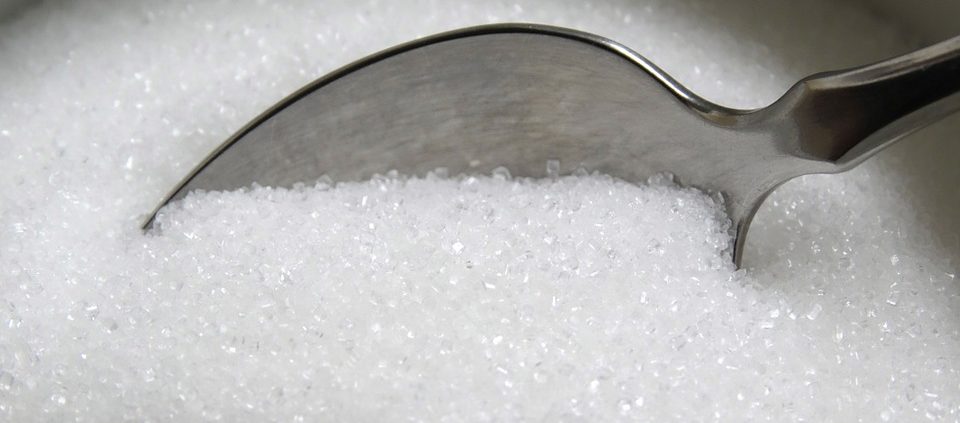Sugar YES vs. Sugar NO
Each person has his or her own tastes and habits in food, but freeing ourselves from this assumption, let us try to technically develop the question of sugar in espresso coffee.
Espresso coffee tasting is very complex and requires constant training, just think that more than a thousand volatile aromatic substances are enclosed in the cream on the surface. For comparison, about four hundred have been surveyed in wine. That said, no one is able to perceive such nuances, but these data give us a sense of the complexity and beauty of espresso.
Let us start, simplifying and skipping the olfactory phase, which remains a key element in tasting but is outside the scope of this article, with the 4 main tastes (there is a fifth called Umami, which we will not discuss here). Sweet, Bitter, Sour, Salty. Excluding the savory taste, the other three combined together create the taste of our cup of espresso.
Say we do an espresso extraction in 2 cups, one we leave bitter and the other we sweeten with a minimum dose of three grams. In the first cup we are going to look for all the sensations inherent in the sphere of bitterness and primary acidity, which will give us a lot of information about the product, such as the degree of roasting, whether it is an Arabica or a Robusta, perhaps a blend, and for the more trained even what type of coffee origin we are drinking. In the second cup, the sweet cup, we are going to look for all the secondary sensations related to the taste of acidity, which, thanks to the lowering of the bitter content (covering taste) due to the use of sugar, will stimulate our receptors in the oral cavity, making us perceive more clearly the various nuances, any defects covered during roasting and the complexity of the product.
Try it and enjoy your espresso!





